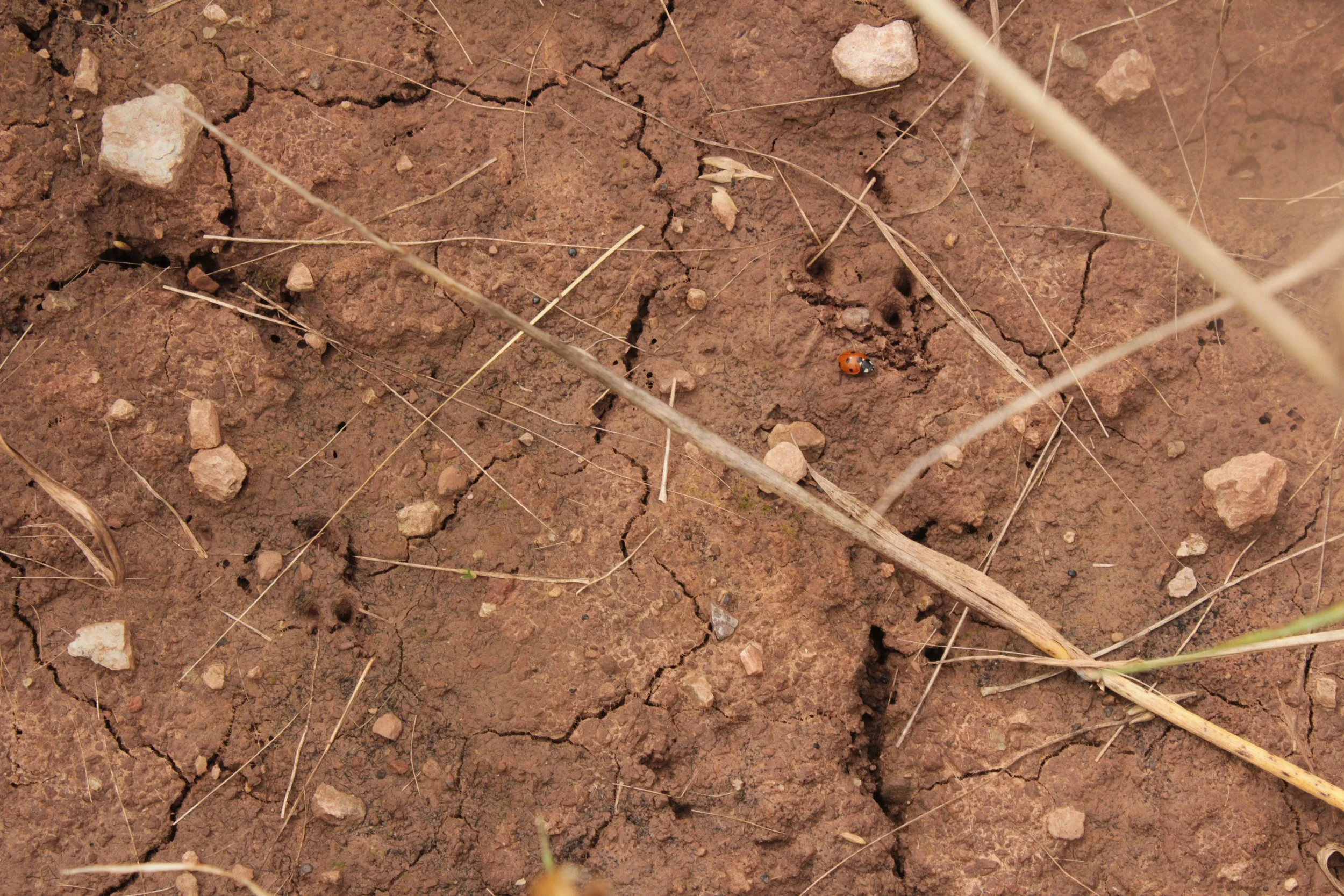Home / British mammals / Brown rat
Brown rat
Scientific name: Rattus norvegicus
Brown rats have greyish-brown fur, a prominent pointed muzzle, and a long scaly tail. They are much larger than any mouse, but are comparable to - although less 'chubby' in appearance than - the water vole. They were introduced to Britain in around 1720.
Taxonomy chart
Animalia - Chordata - Mammalia - Rodentia - Muridae - Rattus - R. norvegicus
Conservation status: UK Red List
GB: N/A
England: N/A
Scotland: N/A
Wales: N/A
Global: Least Concern
Species information
Habitat: Urban & gardens, coastal & marshland, deciduous woodland, mixed woodland, arable land.
Description: Greyish-brown fur; prominent pointed muzzle, eyes, ears and long, almost naked, tail, about as long as the head-and-body. Much larger than any mice, but comparable with the much darker, shorter-tailed water vole in general size, though less ‘chubby’ in appearance.
Size: Head & body: 15-27cm. Tail length: 10.5-24cm.
Weight: 40g at weaning, up to 600g, but usually 200-300g.
Lifespan: Few survive more than 1 year in the wild but can live for around 4—6 years in captivity.
Origin and distribution
The brown rat is a native of central Asia which was introduced to the British Isles around 1720. It has subsequently spread throughout the British Isles, and indeed much of the temperate world, carried especially by humans in ships.
Diet
The brown rat is a true omnivore and will consume almost anything, but cereals form a substantial part of its diet. Surplus animal feed, including the fallout from bird feeders, often attracts them. Foraging behaviour is often population-specific, and varies by environment and food source. Examples have been found of rats eating birds and diving for molluscs where the food source is abundant. They will feed on many things in urban environments including food scraps from houses and restaurants.
General ecology
Common rats are not territorial, but live in loose colonies with a hierarchy determined largely by size and age. There seem to be small family groups within the colony. Rats dig their own burrows, and entrances are usually joined by obvious well-used runs. In hedgerows, the males may have ranges averaging 600m, and females 340m, but in food stores may be as small as 65m. Reproduction is observed all year round in human dwellings.
Breeding
Reproduction is observed all year round in human dwellings. Females can begin to breed at 3-4 months old, and if food is readily available may breed continuously, but typically have five litters a year. Litter size increases from around 6 in young females weighing 150g, to 11 in females of 500g, but the maximum recorded is 22. The young are born blind and hairless, but their eyes open at 6 days, and they are weaned at about 3 weeks. Young rats can be important food for owls, and many carnivores, including polecats, stoats and foxes, taking substantial numbers of rats.
Conservation status
The minimum GB pre-breeding population is 6.5 million, not including urban habitats such as sewers, rubbish tips and industrial premises where the population is reported to be continually rising. Attempts to control rat populations by poisoning may result in negative impacts on other wildlife populations. As an alien, a major pest of stored foodstuffs, and the carrier of various human diseases (including Weil’s disease and plague), the common rat is persecuted rather than conserved.
Identification
Grey/brown fur with long naked tail about as long as the head and body. Prominent pointed muzzle and prominent ears. Much larger than any mice. Often swims with just the head above the water.
Field signs: Download a printable field sign guide below.
Footprints: Brown rat footprints are small and difficult to spot. They should show five straight toes (three forwards, two outwards). Width of hind foot up to 4.5cm.
Droppings: Rat droppings are putty-like, usually with a blunt end and a pointed end. Most commonly seen in farmland and urban areas. Variable in size up to 1.7cm in length and 0.6cm wide. Blackish-brown in colour. Foul, rancid smelling.
Download resources
Confusion species
Water vole (Arvicola amphibius)
Water vole has chestnut brown fur, compared to the rat’s grey/brown fur on top and grey underside. Muzzle of water vole is fairly blunt, compared to pointed muzzle of brown rat. Water vole’s ears are subtle and usually covered by fur, whereas brown rat has larger more prominent ears. Slightly furry tail, 60% of body length, shorter than brown rat (90% of body length).
Identify sounds
Heard a curious animal sound but no idea whose making it?
Wildlife identification FAQ
Still not sure what you’ve found? Head over to our FAQ for an answer.





